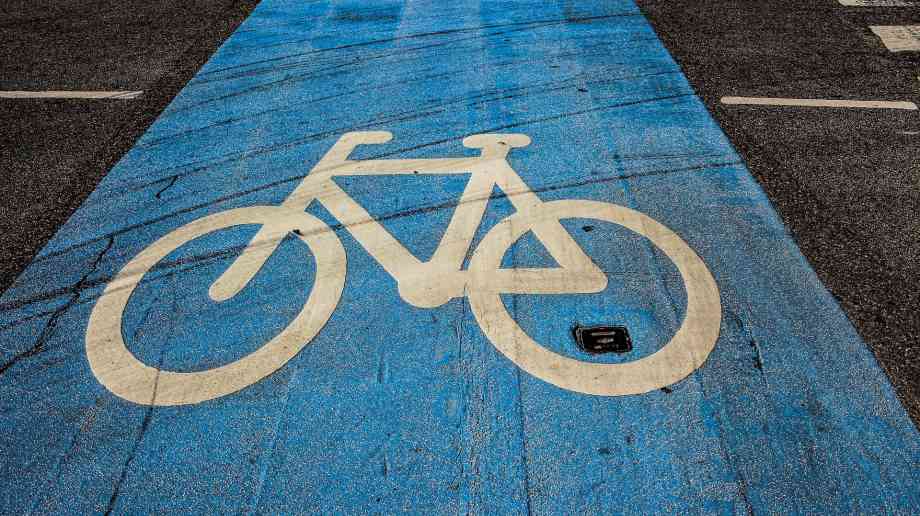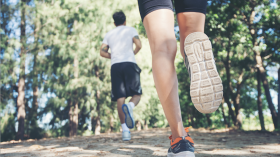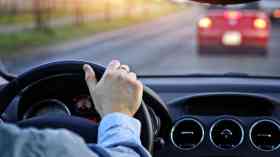Sue Robb of 4Children talks to Julie Laughton and Alison Britton from the Department for Education about the role of childminders in delivering the 30 hours free entitlement.
London boroughs making proactive changes to roadspace

Many London boroughs responded to the challenges set in motion by the coronavirus pandemic by introducing emergency measures to support people who need to walk or cycle for essential journeys.
Seeing a golden opportunity to encourage more people to walk and cycle to sustain the benefits of a cleaner and less congested city post-lockdown, boroughs are continuing to improve local high streets and public spaces to make them easier and safer for walkers and cyclists to navigate while maintaining social distancing. This will also help to manage pressure on public transport networks.
According to a London Councils and London Environment Directors’ Network (LEDNet) survey, many boroughs are making proactive changes to local roads, paths, high streets and open spaces by introducing measures such as wider pavements, pop-up bike lanes and cycle and bus-only corridors.
For example: Croydon is introducing ‘low traffic streets’ in Croydon that reduce traffic and help to keep people fit and healthy; widening pavements so there is more space for pedestrians to walk safely in Lambeth; Camden have made a series of safety-based changes by restricting traffic on residential streets; and the pedestrianisation of Old York Road in Wandsworth by diverting buses and only allowing limited local access to support more walking and cycling.
Last month, a poll by Centre for London, funded by LEDNet, showed that the majority of Londoners support permanent pavement widening and the provision of new cycle lanes or wider cycle lanes. Around a third of Londoners also said they will cycle more after lockdown, with 46 per cent stating they will increase walking, running and cycling altogether.
All London boroughs have now received funding from TfL’s Streetspace for London scheme and DfT’s Emergency Active Travel Fund, which will support the introduction of low traffic neighbourhoods, school streets, more space for walking and cycling in town centres and strategic cycle routes across the capital.
Claire Holland, chair of London Councils’ Transport and Environment Committee, said: “London boroughs have been at the forefront of taking action to make our streets safer and protect our communities in response to the challenges coronavirus has posed. Now travel restrictions are easing, boroughs are repurposing roads and public spaces to protect people who are walking and cycling more to ensure they can continue to do so safely into the future.
“It is more important than ever for walking and cycling to be seen as a safe and attractive option to complete journeys, not just a necessary one. If more people choose to drive in London, we will return to seeing heavy traffic on our roads and toxic air pollution will build up once more. London’s environmental future depends on people making greener travel choices. By listening to Londoners and making it easier for individuals who can and want to make journeys via walking and cycling to do so, we can pursue a green recovery that will help tackle the climate emergency.”
Company Focus
Located in Bromley, Japanese Knotweed Eradication Ltd has been providing solutions in the treatment and removal of Japanese Knotweed (Fallopia Japonica) for over a decade. During this time we have mastered a repertoire of methods, from herbicidal treatments to landscaping solutions, tailored to address the unique challenges our clients face with this pervasive weed.
Event Diary
UKREiiF has quickly become a must-attend in the industry calendar for Government departments and local authorities.
The multi-award-winning UK Construction Week (UKCW), is the UK’s biggest trade event for the built environment that connects the whole supply chain to be the catalyst for growth and positive change in the industry.
Supplier Profiles
Geo Energy
At GeoEnergy Design, we're on a mission to disrupt the traditional way heating and cooling ha
Latest Features
Professor Harith Alani, director of the Knowledge Management Institute at the Open University explains how AI can be used for good and bad.
Alex Lawrence, head of health & social care, techUK sets out techUK’s Five Point Plan for CareTech.

















